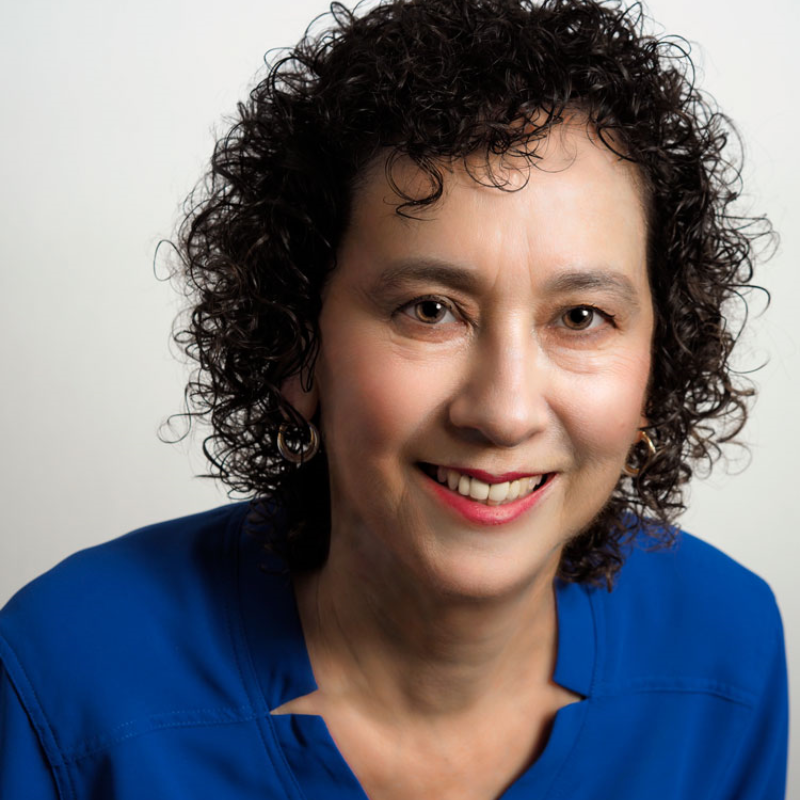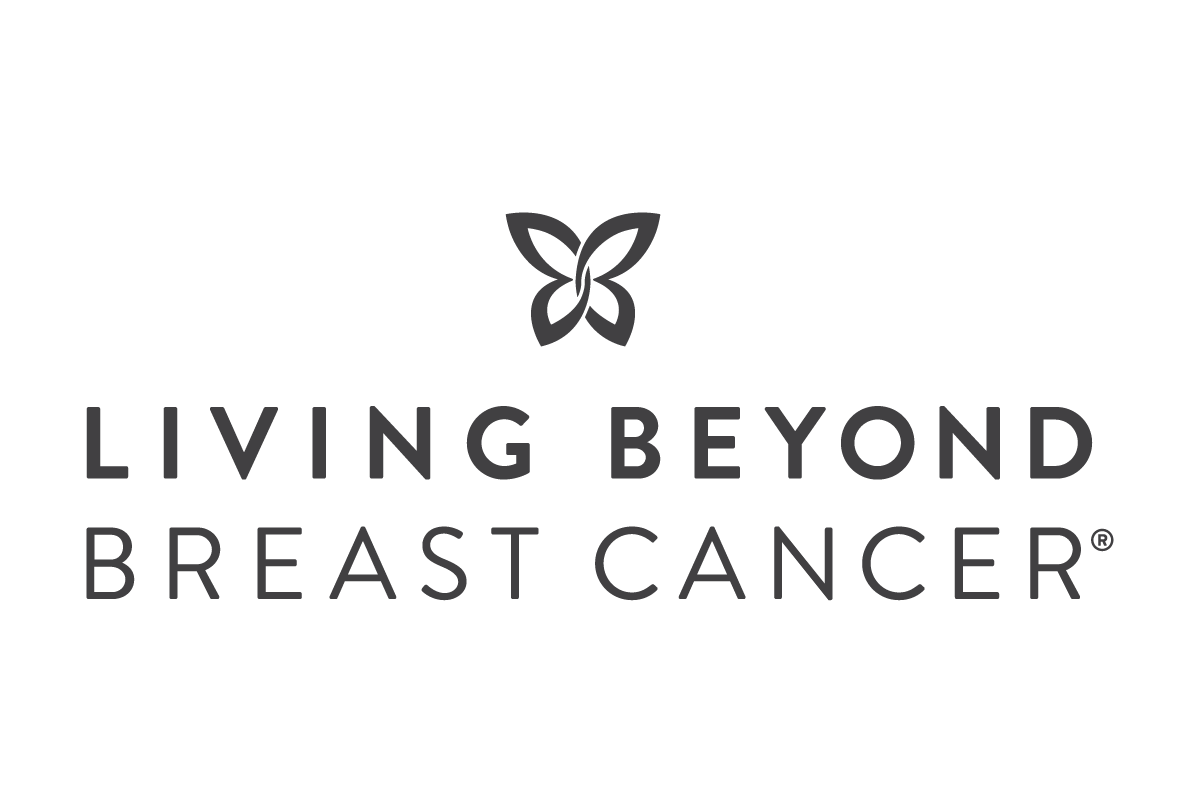PTSD and Breast Cancer Treatment: Dalynn Coffman
- 05/05/20
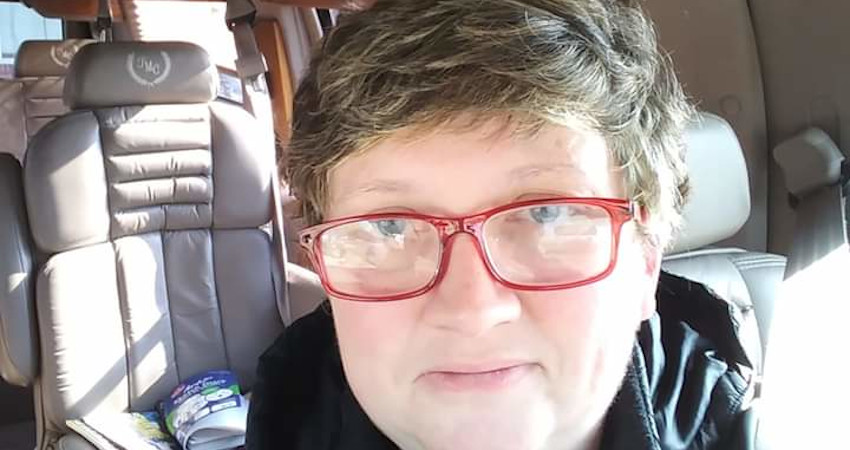
Before beginning treatment for stage III breast cancer in early 2016, Dalynn Coffman, of Lawrenceburg, Kentucky, received a special blessing from a leader of her church. She says it gave her promises from God that helped her feel “upbeat” and focus on the needs of her five children and husband as she went through chemotherapy at age 39. She thought she was doing okay, emotionally and physically.
Then she had a bilateral mastectomy and “I realized how attached to my breasts I actually was,” she says. Having breasts “was important to me and they were gone. It hit me how drastically this whole experience was going to change me inside and out.”
Dalynn started wearing loose, drab clothing to deflect attention. She went out in public less often, only to the grocery store or church. “Even then, it was a quick in-and-out, no eye contact with others, and always pushing a cart or carrying a jacket or bag,” to cover herself, she recalls.
During radiation, which followed surgery, the skin on her left breast area contracted and lifted, pushing the expander up and to the side. Implant swap surgery was supposed to fix that, but an infection sent her back to surgery for emergency implant removal. She was left with a sunken area and needing more complex reconstructive surgery in the future.
Dalynn’s treatment experiences contributed to a diagnosis of post-traumatic stress disorder that she received a few months later. PTSD, a mental health condition, may develop from frightening or life-threatening events including cancer and its treatments. People with PTSD may have sleep problems, depression, irritability, and more. Dalynn talked with LBBC contributor Robin Warshaw about dealing with and managing PTSD.
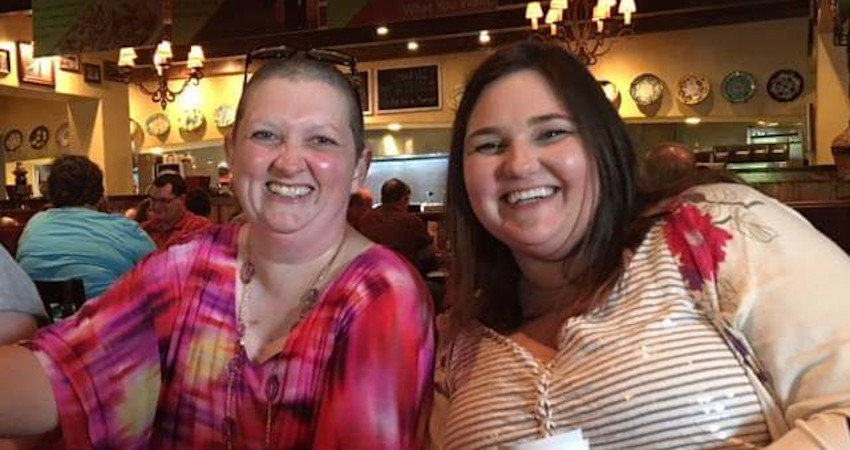
Robin: How did you react on hearing the implant had to be removed?
Dalynn: It was such a traumatic experience. It yanked the rug out from under me. I wasn’t supposed to have any more surgeries or have to deal with any of this crap anymore. I was supposed to get back to normal life.
In the hospital, I went for hours thinking that I was gonna die from the infection before I could even have surgery, that I was gonna lose my implant, that I was gonna have to go through all of this disfigurement again.
My husband was not dealing with it well. He too was afraid I was gonna die. He has clinical depression and had already been having issues. I did not have the fortitude to help him, let alone myself.
It was the first time in my life that I felt like I wanted to die. I wanted the nurses to give me something that was strong enough that I could just fall asleep and not have to deal with it anymore. Fall asleep permanently. Those thoughts scared me enough that I wouldn’t let them give me anything.
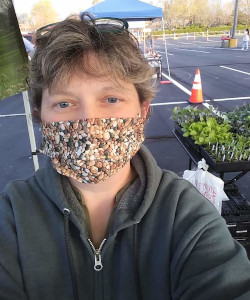 Robin: Did you talk to anyone about what you were feeling?
Robin: Did you talk to anyone about what you were feeling?
Dalynn: My main nurse talked me through it. She made a note in my file and, the next morning, my surgeon and nurses asked how I was doing mentally as well as physically. But there was no official psych consult [meeting with a psychiatrist].
Robin: When did you decide that your emotional reactions and behavior were cause for concern?
Dalynn: I was told I would get back to normal activities within 2 months, or early 2018. My husband had been really struggling and wasn’t bouncing back. It seemed that his depression medicine wasn’t working. I was more concerned about him at first.
For me, we realized there was a problem when I started doing more in our daily life. I was getting very angry and agitated at the children. I’m kind of a yeller anyway, but this was worse. It was almost like I was on my steroids for chemo, with ‘roid rage, but I wasn’t on steroids.
I kept thinking, “Why am I so angry? I survived. I’m okay. I’m getting to go outside, I can spend time with my kids. Why am I so agitated?” I was irrationally angry. I couldn’t stand answering the simplest questions from the children I love.
The trigger for my irritability was mostly the commotion. When my kids were in the kitchen with me when I was making dinner, they were talking to each other or asking me questions or telling me about their day. I felt like I couldn’t escape the commotion. This was all in my head, but I felt if I didn’t make dinner and get it on the table by a certain time, then my routine would get messed up. And then bedtime was messed up. And then I didn’t have my downtime afterwards that I desperately needed. Being around extended family or other groups of people would also cause me to want to run away.
After a few weeks of that with me and a couple months of my husband’s depression, he asked me if there was a special psychiatrist we could see at my oncology office. I said yes and thought he was just asking me to go along with him.
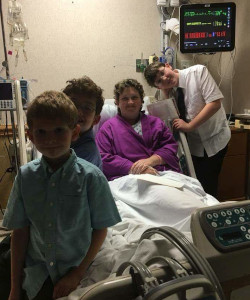 Robin: What happened when you met with the onco-psychiatrist?
Robin: What happened when you met with the onco-psychiatrist?
Dalynn: After we talked things out, she said, “There is such a thing as cancer-related PTSD. Both of you have it and it’s okay.” That was the start of realizing that there was something wrong and it was normal. And there was help for it. We didn’t have to live that way.
Each visit, she would see us together for a few minutes, then break off to talk individually with us. She established that we weren’t having marital problems. But she wanted to make sure we could talk about things without stressing each other out.
Robin: What has helped you with PTSD?
Dalynn: The onco-psychiatrist realized I wasn’t sleeping. I thought dreaming meant you were in deep sleep but it doesn’t. I was having a lot of nightmares, realistic but irrational, and waking up exhausted. She had me take a sleep aid, which I’d never done before. I went on trazodone for a month. I was sleeping, waking up refreshed, and doing much better.
She gave me a prescription for low-dose citalopram (Celexa, an antidepressant). That worked for me before, when I had a miscarriage 8 years before cancer and had an extremely hard time. That worked and my moods were better.
She also suggested finding a hobby, so I wasn’t spending time by myself. I started doing more mentoring with Friend for Life Cancer Support Network. The doctor said to make sure it didn’t cause any anxiety attacks. It didn’t because I was helping people in early stages of treatment so I didn’t have to talk about my failed implant.
I also helped a friend plant seeds at her produce farm. It was good because it’s just plopping a seed in a hole, repetitive work. I was out in nature, talking with my friend, and that was therapeutic.
Robin: Did you have another implant put in?
Dalynn: In late 2018, I had autologous DIEP flap bilateral reconstruction, using my belly tissue and arteries. It rebuilt the skin and breast mound on the lost implant side and replaced the other implant. Based on my plastic surgeon's recommendation, I went 4 hours away to a DIEP flap specialist. I had a revision procedure and nipple reconstruction later.
Robin: Have you been free of symptoms since you began treatment for PTSD?
Dalynn: It started again in mid-2019. My husband was having seemingly untreatable spinal and back problems, our youngest son was having behavioral issues at home and school, and I was a mess again. Our son was acting out at bedtime, when I would have my flare-ups. He was kicking walls, throwing things, and was not himself. My stress was super-high. I was on Celexa, with diazepam (Valium, an anti-anxiety medicine) about three times a week. He finally was diagnosed with ADHD and autism by the fall. We had him somewhat managed, but in mid-December I started feeling panic attacks again even though things were better with him. I was yelling at the kids and didn’t want people to talk to me too much.
The psychiatrist said the Celexa had stopped working. That was a relief, because then I knew I wasn’t getting worse. I changed to venlafaxine (Effexor, an antidepressant) but endured a month of panic attacks waiting for it to kick in completely. It did in March, the month that COVID-19 hit. There is no way I would have been able to handle that without the medicine.
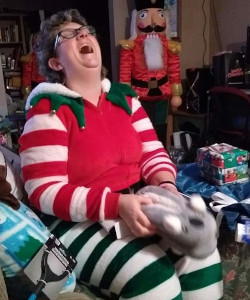 Robin: Were you afraid the coronavirus shut-down would trigger your PTSD?
Robin: Were you afraid the coronavirus shut-down would trigger your PTSD?
Dalynn: I was really fearful about that, since my kids would be in our home full-time. And our youngest would be out of his routine. We had no idea how that was gonna affect him. The first week they were home, I had a little panic attack when they were asking questions about schoolwork. My husband is also working from our small home, in the living room. It’s very compact and it was rainy that first week.
I had to close myself in the bedroom. One son followed me to the door. I called my psychiatrist and asked if it was okay for me to take a Valium. I was thinking, “How are we gonna do this for who knows how many weeks?” It really hit me hard that day. She told me it was okay for me to take that Valium, okay to feel that way, and okay to let my children know that mom needs to have time without you guys in the room. That helped quite a bit.
The next week, we had nice weather, so we were outside, doing walks to manage stress. Now I’m full-time at the farm. That’s helping and my husband is managing the household with work most days.
I do still occasionally get little panic feelings when I go into a grocery store, when too many people are in the aisle. I do my breathing exercises to calm myself so I can move on mentally.
Robin: Does it help to talk with others who had PTSD from breast cancer treatment?
Dalynn: Sometimes it stirs it up for me again because I’m still dealing with it. I went to the 2019 Living Beyond Breast Cancer Conference and Young Advocate training. I had a wonderful time learning and growing, but hanging out in a small room full of women who were talking about their breast cancer and their raw feelings about it, I realized I can’t be in that setting and be okay.
I can usually handle talking one-on-one but I can’t handle the emotional, angry, distraught stuff yet. Even on conference calls, angry, agitated words will trigger me.
Robin: How are you feeling now?
Dalynn: I’m maintaining through meds and physical activity. I still have PTSD flare-ups, but I am better now, overall.
This article was supported by the Grant or Cooperative Agreement Number 1 U58 DP005403, funded by the Centers for Disease Control and Prevention. Its contents are solely the responsibility of the authors and do not necessarily represent the official views of the Centers for Disease Control and Prevention or the Department of Health and Human Services.
